Stem Cell Therapy: A Promising Path to Recovery for Stroke Patients in Tijuana
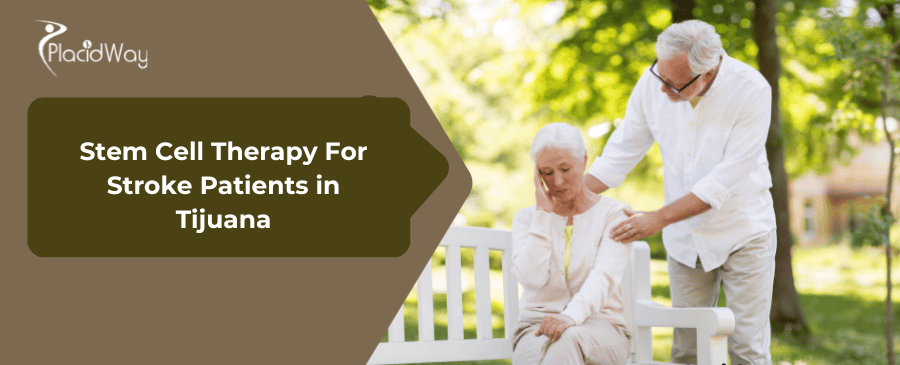
Stroke is a devastating medical event that can lead to significant and often long-lasting neurological deficits, impacting a person's mobility, speech, cognition, and overall independence. While traditional rehabilitation plays a crucial role in recovery, many stroke survivors and their families are seeking advanced and innovative treatments to further improve outcomes. Tijuana, Mexico, has emerged as a significant hub for regenerative medicine, including stem cell therapy, offering a new ray of hope for stroke patients.
This blog post will explore how stem cell therapy in Tijuana aims to help stroke patients in their recovery journey. We'll delve into the scientific mechanisms behind this treatment, the types of stem cells commonly used, the potential benefits patients might experience, and practical considerations such as costs and how to choose a reputable clinic. Understanding these aspects can empower individuals to make informed decisions about pursuing this promising therapeutic avenue for stroke recovery.
How does Stem Cell Therapy help stroke patients?
When a stroke occurs, blood flow to a part of the brain is disrupted, leading to the death of brain cells (neurons) due to lack of oxygen and nutrients. While the dead cells cannot be directly replaced, stem cell therapy focuses on repairing and protecting the surrounding damaged tissue and fostering the brain's innate recovery mechanisms. The primary ways stem cells aid in stroke recovery include:
- Neuroprotection: Stem cells can secrete growth factors and other molecules that protect existing, but compromised, brain cells from further damage. This helps to preserve the penumbra, the area around the stroke core that is at risk but not yet completely damaged.
- Anti-inflammation: Stroke triggers a significant inflammatory response in the brain, which can worsen tissue damage. Mesenchymal Stem Cells (MSCs), commonly used in therapy, possess strong anti-inflammatory properties that help to modulate this immune response, creating a more conducive environment for healing.
- Angiogenesis: Stem cells can promote the formation of new blood vessels in the ischemic (oxygen-deprived) areas of the brain. Improved blood supply means more oxygen and nutrients reach the affected regions, supporting the survival and function of existing cells and potentially fostering new connections.
- Neurogenesis: While less common for adult stem cells to directly replace neurons, they can stimulate the brain's own dormant neural stem cells to produce new neurons (neurogenesis) and glial cells (gliogenesis), which are crucial for supporting neuronal function.
- Neuroplasticity: Perhaps one of the most significant benefits, stem cells enhance the brain's neuroplasticity – its ability to reorganize and form new neural connections. This allows healthy parts of the brain to take over functions previously performed by the damaged areas, which is critical for regaining lost abilities.
By orchestrating these complex biological processes, stem cell therapy aims to create an optimal environment for brain repair and functional recovery after a stroke.
What types of stem cells are commonly used for stroke treatment in Tijuana?
The choice of stem cell type is a critical aspect of stem cell therapy for stroke. In Tijuana, clinics predominantly utilize Mesenchymal Stem Cells (MSCs). MSCs are multipotent adult stem cells that have proven highly versatile in regenerative medicine due to their ability to differentiate into various cell types and, more importantly, their potent secretome (the collection of factors they release) that promotes healing and reduces inflammation.
MSCs can be obtained from several sources:
- Umbilical Cord Blood/Tissue: This is a popular source because these cells are "young" and highly potent. They are also considered immunoprivileged, meaning they are less likely to trigger an immune response when used as allogeneic (donor) cells. This allows for off-the-shelf availability without needing to match the donor to the patient.
- Adipose (Fat) Tissue: Adipose-derived stem cells are abundant and relatively easy to harvest from the patient's own body (autologous), minimizing the risk of rejection.
- Bone Marrow: Another common autologous source, bone marrow contains MSCs, though harvesting can be more invasive than adipose tissue.
Many clinics in Tijuana prefer umbilical cord-derived MSCs due to their high proliferation capacity, potent regenerative effects, and their ability to be used effectively in a broader range of patients without significant immune complications.
How is stem cell therapy administered to stroke patients in Tijuana?
The method of stem cell administration is crucial for ensuring the cells reach the areas of the brain affected by the stroke and exert their therapeutic effects. Clinics in Tijuana typically employ one or a combination of the following methods:
- Intravenous (IV) Infusion: This is the most common and least invasive method. Stem cells are infused directly into a vein, allowing them to circulate throughout the bloodstream. While some cells may be filtered out, a significant number can cross the blood-brain barrier and home in on the inflamed or damaged areas of the brain, responding to chemical signals released by the injured tissue.
- Intrathecal Injection: This involves injecting stem cells directly into the cerebrospinal fluid (CSF) surrounding the spinal cord. This route provides a more direct pathway to the central nervous system and can lead to a higher concentration of cells reaching the brain, potentially enhancing their localized effects.
- Intra-arterial Injection (less common): In some specific cases, stem cells might be injected into an artery that directly supplies blood to the brain. This method aims for very targeted delivery but is more invasive and carries higher risks.
The specific administration route, the number of infusions/injections, and the cell dosage will be determined by the medical team in Tijuana based on the individual patient's condition, the type of stroke, the time since the stroke, and the overall treatment goals. It's common for clinics to use multiple sessions or a combination of methods over a period to maximize the therapeutic impact.
What are the potential benefits of stem cell therapy for stroke recovery?
The primary aim of stem cell therapy for stroke patients is to mitigate the debilitating effects of stroke and improve neurological function, leading to a better quality of life. While individual results can vary, many patients and their families report a range of potential benefits:
- Improved Motor Function: This is often one of the most significant and desired outcomes. Patients may experience increased strength, better coordination, improved balance, and reduced spasticity (muscle stiffness), which can lead to enhanced mobility, walking ability, and fine motor skills in the affected limbs.
- Enhanced Speech and Swallowing: Stroke can severely impair communication and swallowing. Stem cell therapy may contribute to improvements in speech articulation, word finding, and the ability to swallow safely, reducing the risk of aspiration.
- Better Cognitive Abilities: Some patients report improvements in cognitive functions such as memory, attention span, problem-solving, and overall mental clarity. This can significantly impact daily activities and social interactions.
- Reduced Spasticity and Pain: By helping to repair neural pathways and reduce inflammation, stem cells can alleviate the chronic spasticity and neuropathic pain that often trouble stroke survivors.
- Increased Independence: The cumulative effect of improvements across motor, speech, and cognitive domains often translates into greater independence in daily living activities, such as dressing, eating, and personal hygiene.
- Improved Quality of Life: Beyond specific functional gains, many patients experience an overall enhancement in their well-being, mood, and participation in social activities, leading to a more fulfilling life.
It's important for patients and their families to have realistic expectations. While profound improvements are possible, the therapy is generally viewed as a means to support and accelerate the body's natural recovery processes, often in conjunction with ongoing rehabilitation.
What is the cost of stem cell therapy for stroke in Tijuana?
One of the compelling reasons for seeking stem cell therapy in Tijuana is the comparative affordability of treatment. While the exact cost can vary based on several factors—including the specific clinic, the type and quantity of stem cells used, the number of treatment sessions, and any additional services (e.g., accommodation, post-treatment rehabilitation)—the prices are generally significantly lower than in many Western countries.
Here's a general comparison of costs:
When inquiring with clinics in Tijuana, it's crucial to request a detailed, all-inclusive quote to understand exactly what is covered in the stated price. Be wary of clinics that offer extremely low prices without transparent details on cell counts, quality, or included services.
Are there risks or side effects associated with stem cell therapy for stroke?
As with any medical intervention, stem cell therapy for stroke carries potential risks and side effects, although when administered in experienced and reputable clinics, these are typically minimal. The safety profile is generally favorable, particularly when using well-characterized Mesenchymal Stem Cells (MSCs), especially from umbilical cord sources or the patient's own body (autologous), which have a low immunogenicity (risk of immune reaction).
Common, usually mild and temporary, side effects may include:
- Injection Site Reactions: Temporary pain, bruising, or swelling at the site of IV insertion or intrathecal injection.
- Flu-like Symptoms: Some patients may experience a low-grade fever, chills, fatigue, or headache, typically resolving within 24-48 hours after the infusion.
- Nausea: Occasional mild nausea, which is usually transient.
More serious complications are rare but can include:
- Infection: A small risk exists with any invasive procedure, minimized by strict sterile protocols in reputable clinics.
- Allergic Reaction: Though uncommon, an allergic reaction to the stem cells themselves or the carrier solution is possible.
- Immune Response/Rejection: The risk is very low with MSCs, especially umbilical cord-derived or autologous cells, but not entirely zero in allogeneic treatments.
- Tumor Formation: This is a theoretical concern with some types of stem cells (e.g., embryonic stem cells) but is exceedingly rare and not typically associated with the MSCs used in therapies for stroke.
Reputable Tijuana stem cell clinics will conduct thorough patient evaluations to identify contraindications and discuss all potential risks and side effects transparently before treatment. Post-treatment monitoring is also essential for patient safety.
How long does it take to see results after stem cell therapy for stroke?
The timeline for observing improvements after stem cell therapy for stroke can vary widely among individuals, as recovery is a complex and dynamic process. It's important to set realistic expectations, understanding that this is not an instant cure but rather a biological process that unfolds over time.
Here's a general progression patients might experience:
- Immediate Post-Treatment (Days to Weeks): Some patients report subtle changes relatively quickly, such as a reduction in immediate post-treatment inflammation, increased alertness, or minor shifts in muscle tone. These initial effects might be due to the immediate anti-inflammatory properties of the stem cells.
- Early Improvements (Weeks to 1-3 Months): More noticeable improvements in specific neurological functions, such as slight gains in motor control, improved sensation, or better balance, often begin to emerge within this timeframe. This period is when the stem cells begin to exert their neuroprotective and growth factor-releasing effects more significantly.
- Sustained and Progressive Improvements (3-12+ Months): The most significant and lasting benefits typically become evident over several months following the therapy. This longer period allows for sustained neuroplasticity, new blood vessel formation, and the repair of neural pathways. Continued progress is often linked to consistent engagement in rehabilitation therapies that capitalize on the enhanced brain plasticity.
Clinics in Tijuana often emphasize that stem cell therapy acts as a catalyst for recovery, and its effectiveness is significantly amplified when combined with ongoing physical, occupational, and speech therapy. Patients are generally advised to continue their rehabilitation programs to maximize and integrate any gains from the stem cell treatment.
What is the typical recovery process after stem cell therapy for stroke in Tijuana?
The recovery process immediately following stem cell therapy in Tijuana for stroke patients is generally straightforward and involves minimal downtime. Most patients can return to their daily routines relatively quickly, often within a day or two, depending on the administration method.
Here’s what to expect:
- Immediate Post-Procedure: Patients may experience slight discomfort, tenderness, or minor bruising at the injection site (e.g., arm for IV, lower back for intrathecal). If an intrathecal injection was performed, patients might be advised to lie flat for a few hours to prevent a post-dural puncture headache, though this is not always necessary.
- Short-Term (First Few Days): Any mild, flu-like symptoms (low-grade fever, fatigue, headache) that might occur typically resolve within 24-48 hours. Patients are usually encouraged to stay hydrated and follow any specific instructions regarding medications or activity levels provided by the clinic.
- Long-Term (Weeks to Months): The most crucial phase of recovery is the continued engagement in a dedicated rehabilitation program. Stem cell therapy is not a standalone solution; it creates an optimal environment for the brain to heal and adapt. Intensive physical therapy, occupational therapy, and speech therapy are vital for "retraining" the brain and body to utilize the new neural connections and improvements. Clinics in Tijuana often collaborate with rehabilitation centers or provide guidance on how to continue therapies once the patient returns home. Consistent effort in rehabilitation is key to solidifying and maximizing the functional gains achieved from the stem cell treatment.
Open communication with the medical team and therapists is highly encouraged to track progress and address any concerns during the recovery period. A healthy lifestyle, including good nutrition and adequate rest, also supports the ongoing regenerative processes.
How to choose a reputable stem cell clinic for stroke in Tijuana?
Choosing a reputable stem cell clinic in Tijuana is paramount for patient safety and the potential for positive outcomes. The growing popularity of medical tourism means careful vetting is essential. Here are key factors to consider:
- Medical Team Expertise and Credentials: Verify that the doctors and medical staff have extensive experience in regenerative medicine and specifically in treating neurological conditions like stroke. Look for board certifications, specialized training, and affiliations with medical associations.
- Transparency and Ethical Practices: A trustworthy clinic will be open and honest about their procedures, the science behind them, realistic expectations (without guaranteeing a cure), and all associated costs. They should provide a clear, personalized treatment plan and welcome all your questions. Avoid clinics that make exaggerated claims or pressure tactics.
- Laboratory Standards and Quality Control: The quality and safety of the stem cells are critical. Inquire about the clinic's laboratory facilities or their partner labs. Ensure they adhere to international standards for sourcing, processing, culturing, and storing stem cells (e.g., cGMP standards). They should provide data on cell viability and purity.
- Patient Testimonials and Follow-up: While individual results vary, authentic patient testimonials and before-and-after stories can provide insight into the clinic's patient care and potential outcomes for stroke patients. A good clinic often shares how they track patient progress post-treatment.
- Comprehensive Patient Care: Look for clinics that offer a thorough pre-treatment evaluation, including detailed medical history review and diagnostic tests. They should also provide clear post-treatment instructions and support for ongoing rehabilitation.
- Regulatory Adherence: Understand that while regulations in Mexico may differ from other countries, reputable clinics will operate within established Mexican health guidelines and often strive to meet international medical standards. Ask about their licenses and accreditations.
- Communication and Support Services: Assess the responsiveness and helpfulness of the clinic's staff during your initial inquiries. Good communication, especially for international patients, including language support and logistical assistance, can greatly enhance your overall experience.
Don't hesitate to conduct thorough research, ask for detailed information, and seek multiple opinions before making a decision. Your health and safety should be the top priority.
What is the success rate of stem cell therapy for stroke in Tijuana?
Defining a precise "success rate" for stem cell therapy for stroke can be challenging, as "success" is subjective and dependent on individual patient goals and the severity of their condition. However, many Tijuana stem cell clinics and patient testimonials report encouraging outcomes.
Based on their internal data and patient experiences, some clinics indicate that a significant percentage of patients—often cited in the range of 70% to 85%—experience noticeable improvements in their neurological function and quality of life. These improvements can manifest as:
- Measurable gains in motor strength and control.
- Reduction in spasticity or stiffness.
- Improvements in balance and coordination.
- Better speech articulation or comprehension.
- Enhanced cognitive function, such as memory or attention.
- Increased independence in daily activities.
It's important to note that these figures often come from clinic-reported outcomes and patient surveys, rather than large-scale, placebo-controlled clinical trials, which are still ongoing globally for stem cell therapies. The degree of improvement can also depend on factors such as the patient's age, the time elapsed since the stroke, the severity and location of the stroke, and adherence to post-treatment rehabilitation protocols. Patients are encouraged to inquire about specific outcome data and the clinic's method of measuring success.
Is stem cell therapy for stroke approved in Tijuana?
The regulatory landscape for stem cell therapy varies significantly by country. In Mexico, including Tijuana, the regulatory environment for regenerative medicine is generally more permissive and less restrictive than in countries like the United States or much of Europe. This means that clinics in Tijuana can offer stem cell treatments for stroke that may still be in the clinical trial phases or not yet widely approved for commercial use in other jurisdictions.
Mexican health authorities, such as COFEPRIS (Federal Commission for the Protection against Sanitary Risks), regulate medical practices and facilities. Reputable Tijuana stem cell clinics operate within these established legal frameworks, often adhering to international standards of practice and patient safety. Many clinics invest heavily in state-of-the-art facilities and employ highly qualified medical professionals.
However, it is vital for patients and their families to understand the distinction: while a clinic may be legally operating and regulated within Mexico, the specific application of stem cell therapy for stroke may not have received the same level of widespread, definitive approval from major international health bodies (like the FDA in the U.S.) that would classify it as a standard, fully established treatment. Patients should be fully informed about the current scientific evidence and the regulatory status of the treatment they are considering.
What are the alternatives to stem cell therapy for stroke recovery?
While stem cell therapy represents a cutting-edge approach, it's crucial to recognize that a comprehensive stroke recovery plan often integrates a variety of established and proven treatments. These alternatives and complementary therapies are essential for managing symptoms, improving functional abilities, and enhancing a patient's overall quality of life.
Key alternatives and traditional approaches include:
- Rehabilitation Therapies:
- Physical Therapy (PT): Focuses on improving strength, coordination, balance, and mobility through targeted exercises, stretches, and functional training.
- Occupational Therapy (OT): Helps patients regain independence in daily living activities (e.g., dressing, eating, bathing) and fine motor skills.
- Speech and Language Therapy (SLP): Addresses difficulties with communication (aphasia), speech articulation (dysarthria), and swallowing (dysphagia).
- Medications:
- Anti-coagulants and Anti-platelets: To prevent future strokes.
- Blood Pressure Medications: To manage hypertension, a major stroke risk factor.
- Statins: To control cholesterol levels.
- Muscle Relaxants/Anti-spasticity Medications: Such as baclofen or botulinum toxin injections, to reduce muscle stiffness and spasms.
- Antidepressants: To address post-stroke depression, which is common.
- Surgical Interventions:
- Carotid Endarterectomy or Stenting: To clear blockages in the carotid arteries supplying the brain.
- Craniotomy: To relieve pressure on the brain in cases of swelling or hemorrhagic stroke.
- Shunt Placement: For hydrocephalus (fluid buildup in the brain) that can occur after stroke.
- Assistive Devices: Use of braces, walkers, wheelchairs, communication aids, and adaptive equipment to support mobility and independence.
- Lifestyle Modifications: Including diet changes, regular exercise (as tolerated), smoking cessation, and alcohol moderation to prevent recurrent strokes and improve overall health.
Often, the most effective stroke recovery programs involve a multidisciplinary team approach, where neurologists, rehabilitation specialists, therapists, and other healthcare professionals collaborate to create a personalized plan. Stem cell therapy can be considered an innovative addition to these established strategies.
What should I expect during a consultation for stem cell therapy for stroke in Tijuana?
A comprehensive consultation is the crucial initial step when considering stem cell therapy for stroke in Tijuana. This appointment allows the medical team to thoroughly evaluate the patient's condition and determine if they are a suitable candidate, while also providing the patient and family with all necessary information. Here’s what you should typically expect:
- Detailed Medical History Review: The medical team will meticulously review the patient’s complete medical history, including the specifics of their stroke (type, date, severity), previous treatments, current medications, existing comorbidities, and any diagnostic imaging (MRI, CT scans). Providing all relevant medical records in advance will facilitate this process.
- Neurological Examination and Assessment: A physical and neurological examination will be conducted to assess the patient's current motor function, sensation, reflexes, muscle tone, balance, speech, and cognitive abilities. This helps establish a baseline and identify specific areas for potential improvement.
- Discussion of Symptoms and Goals: You will have the opportunity to describe the patient's current challenges, symptoms, and what specific improvements you hope to achieve with stem cell therapy. This personalized approach helps tailor the treatment plan.
- Explanation of Stem Cell Therapy Protocol: The doctor will explain the science behind the recommended stem cell treatment, including the type of stem cells to be used (e.g., umbilical cord MSCs), the method(s) of administration (IV, intrathecal), the proposed number of sessions, and the overall timeline.
- Realistic Benefits and Potential Risks: A transparent discussion about the potential benefits, realistic outcomes, and any associated risks or side effects will take place. Reputable clinics prioritize informed consent and will manage expectations without making unrealistic promises.
- Treatment Schedule and Logistics: You will receive a detailed outline of the proposed treatment schedule, including the duration of your stay in Tijuana, any preparatory steps, and post-treatment care instructions.
- Cost Breakdown: A clear and transparent explanation of the total cost of the treatment, what it includes (e.g., cells, administration, some follow-up, potential accommodation), and payment options will be provided.
- Questions and Answers: This is your opportunity to ask any and all questions you may have about the treatment, the clinic, the medical team, logistical arrangements, and follow-up care. Come prepared with a list of questions to ensure all your concerns are addressed.
A thorough consultation is vital for building trust and ensuring that you are fully informed and comfortable before proceeding with any treatment.
For stroke patients and their families seeking innovative avenues for recovery, stem cell therapy in Tijuana offers a promising and often more accessible option. The focus on regenerative potential and personalized care in reputable Mexican clinics can significantly contribute to improved neurological function and overall quality of life. If you are exploring advanced healthcare solutions for stroke recovery or other medical conditions, we invite you to explore PlacidWay. PlacidWay can connect you with leading medical facilities and help you navigate your medical tourism journey, ensuring you find the best treatment options tailored to your needs.
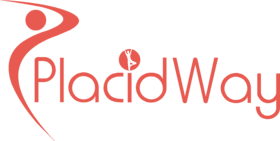

.png)
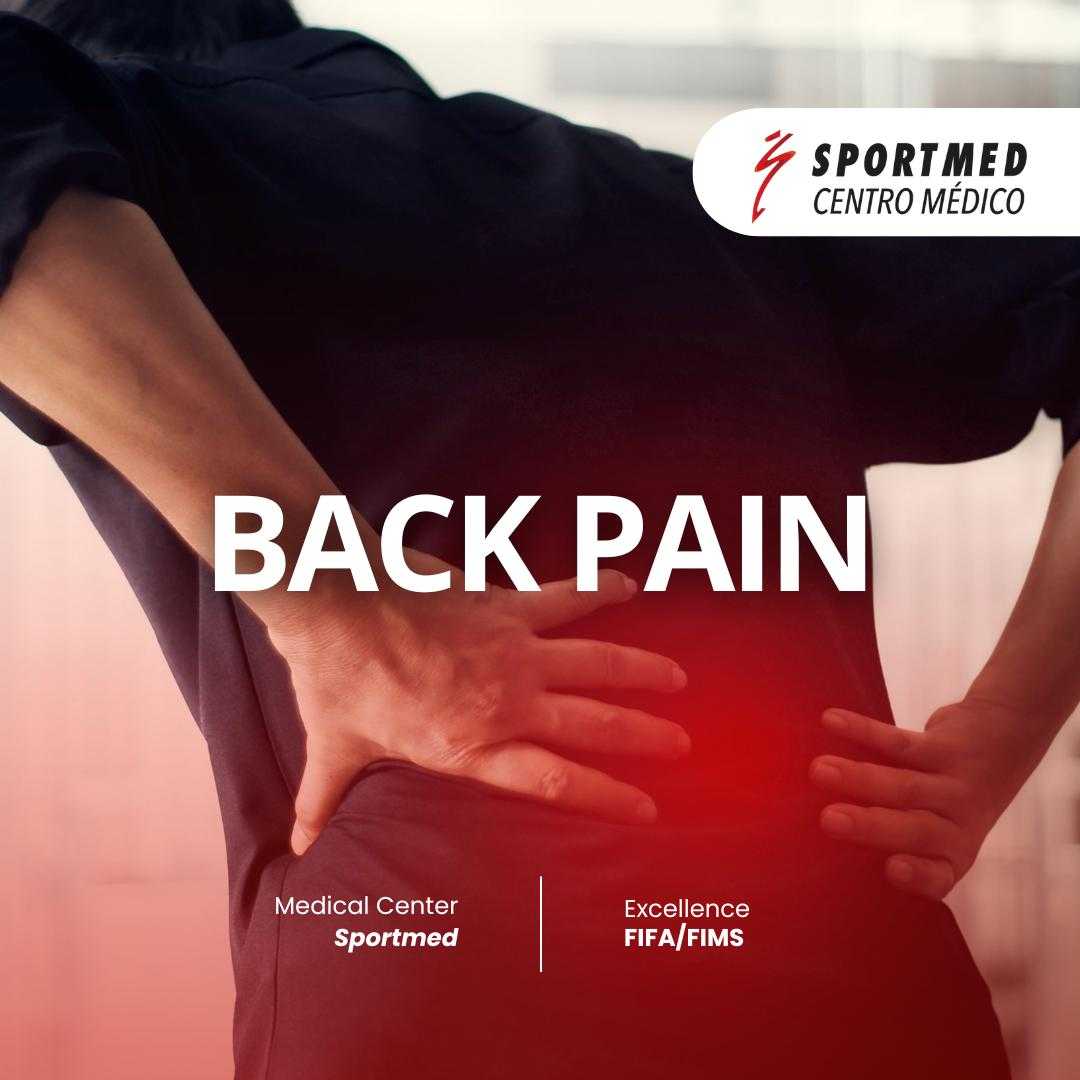
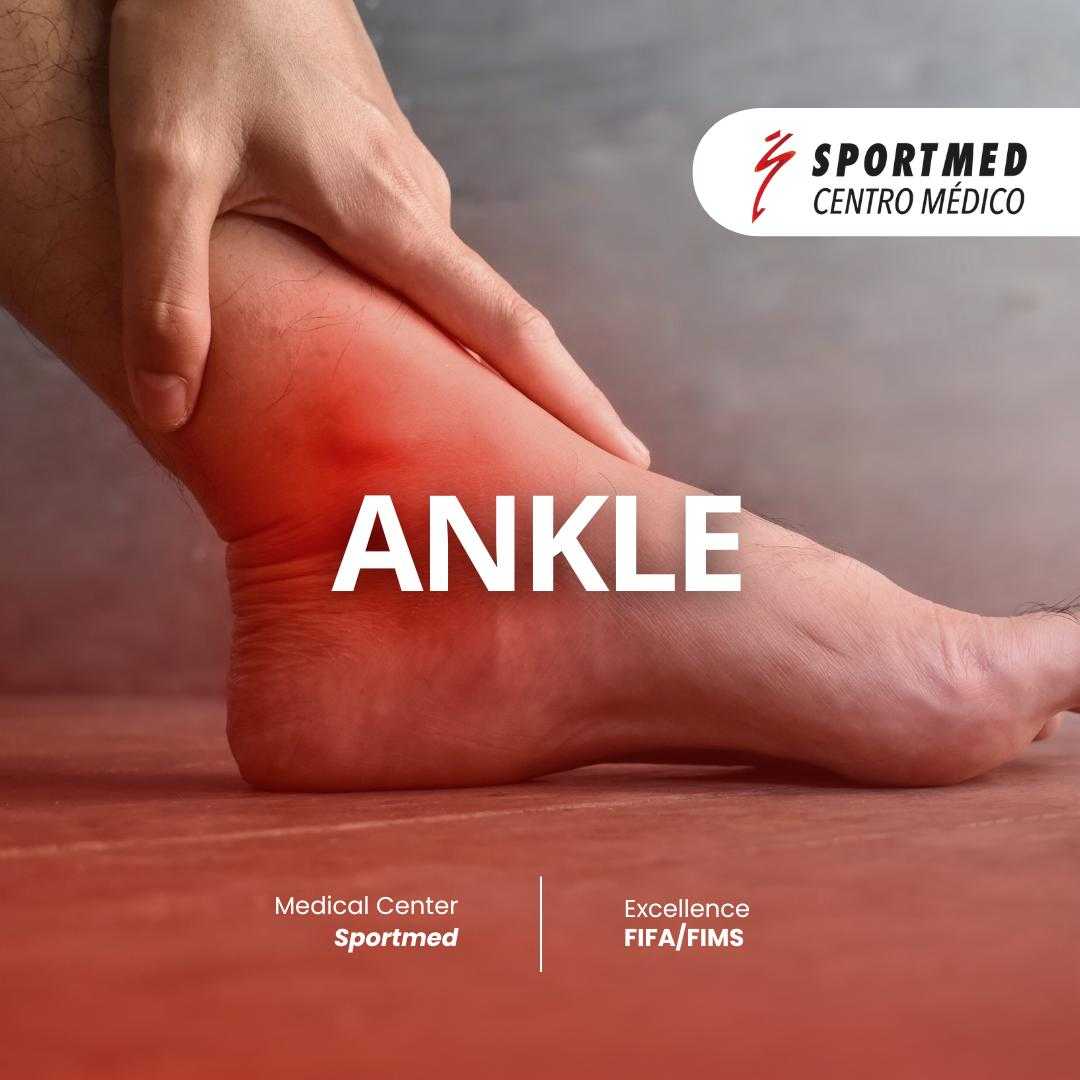

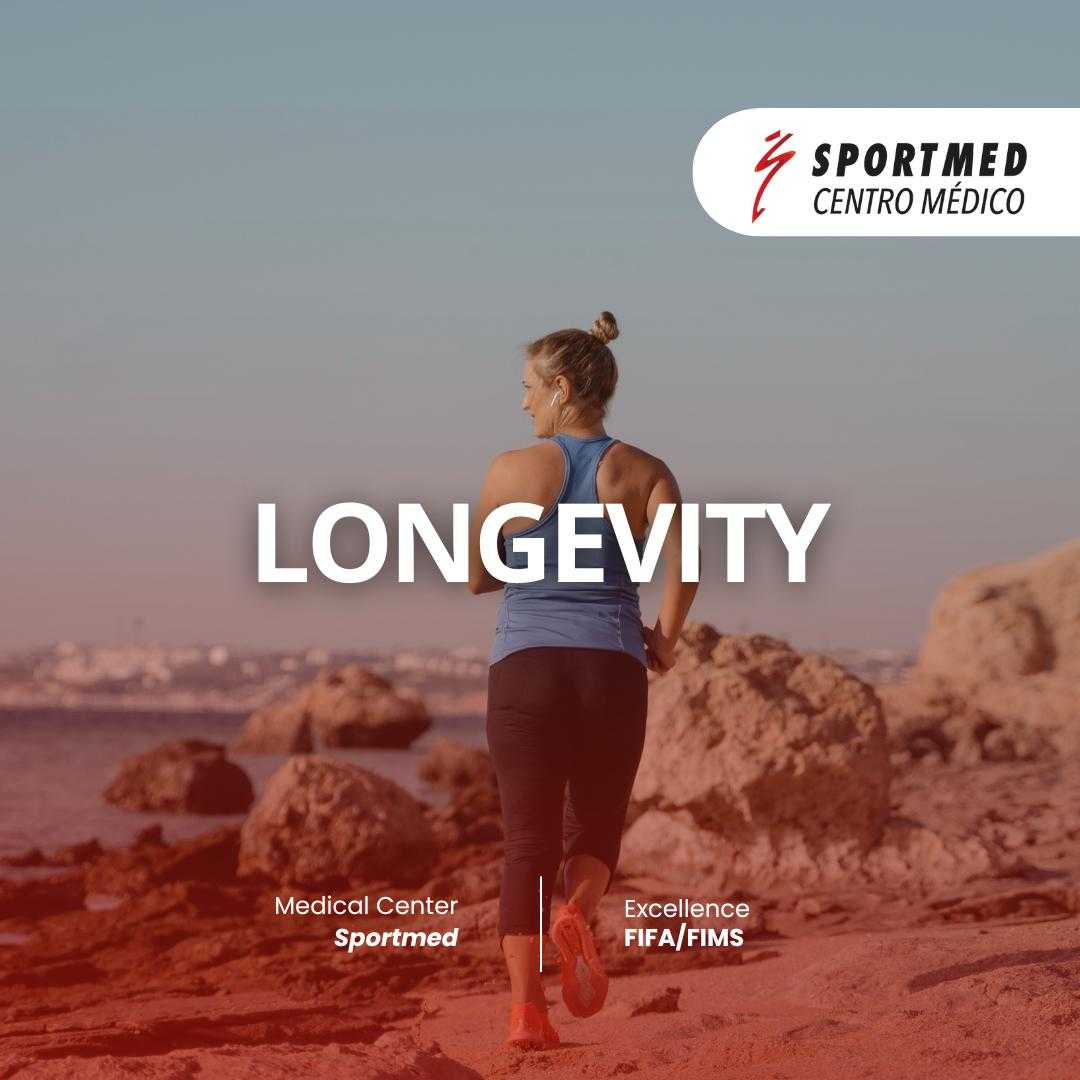
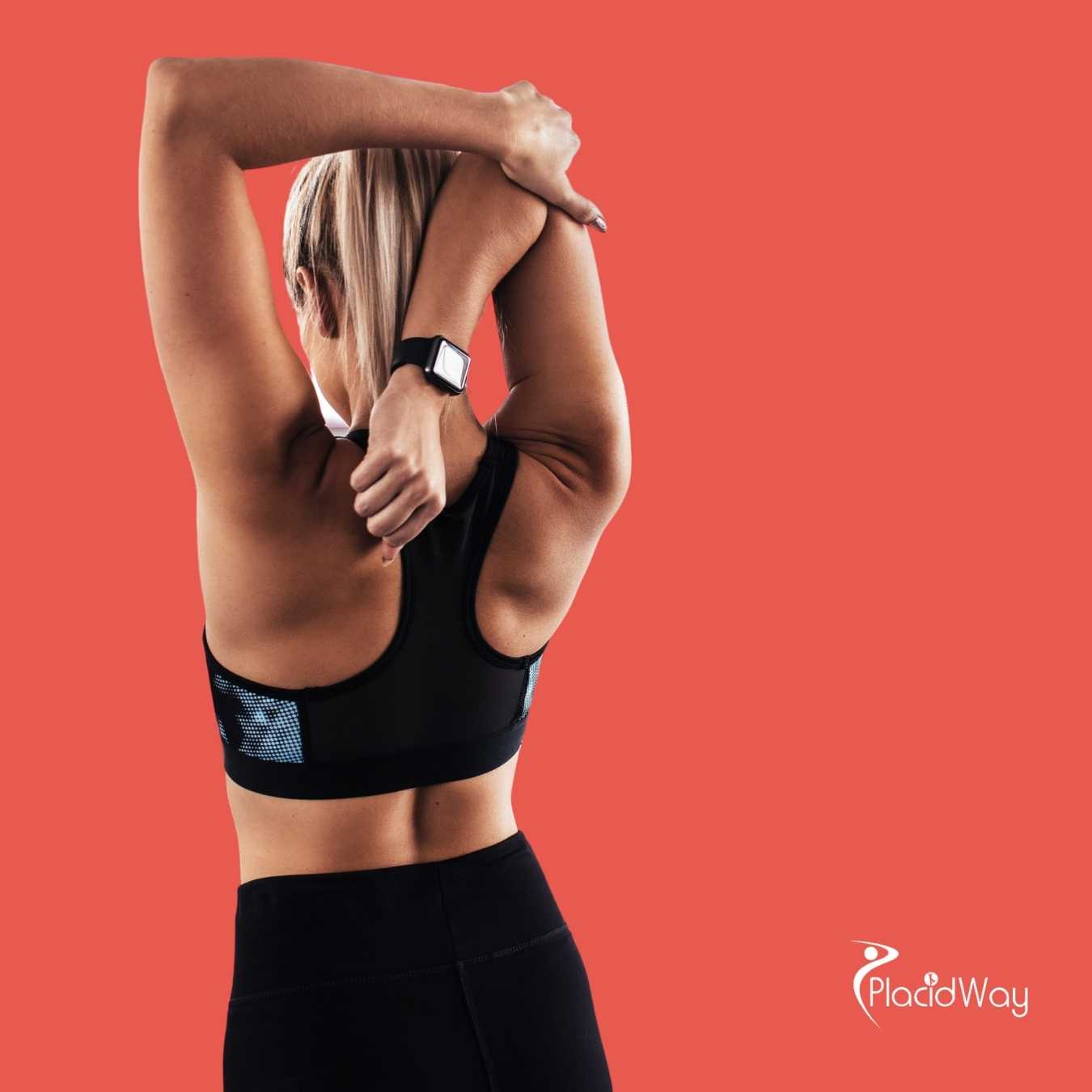
.png)
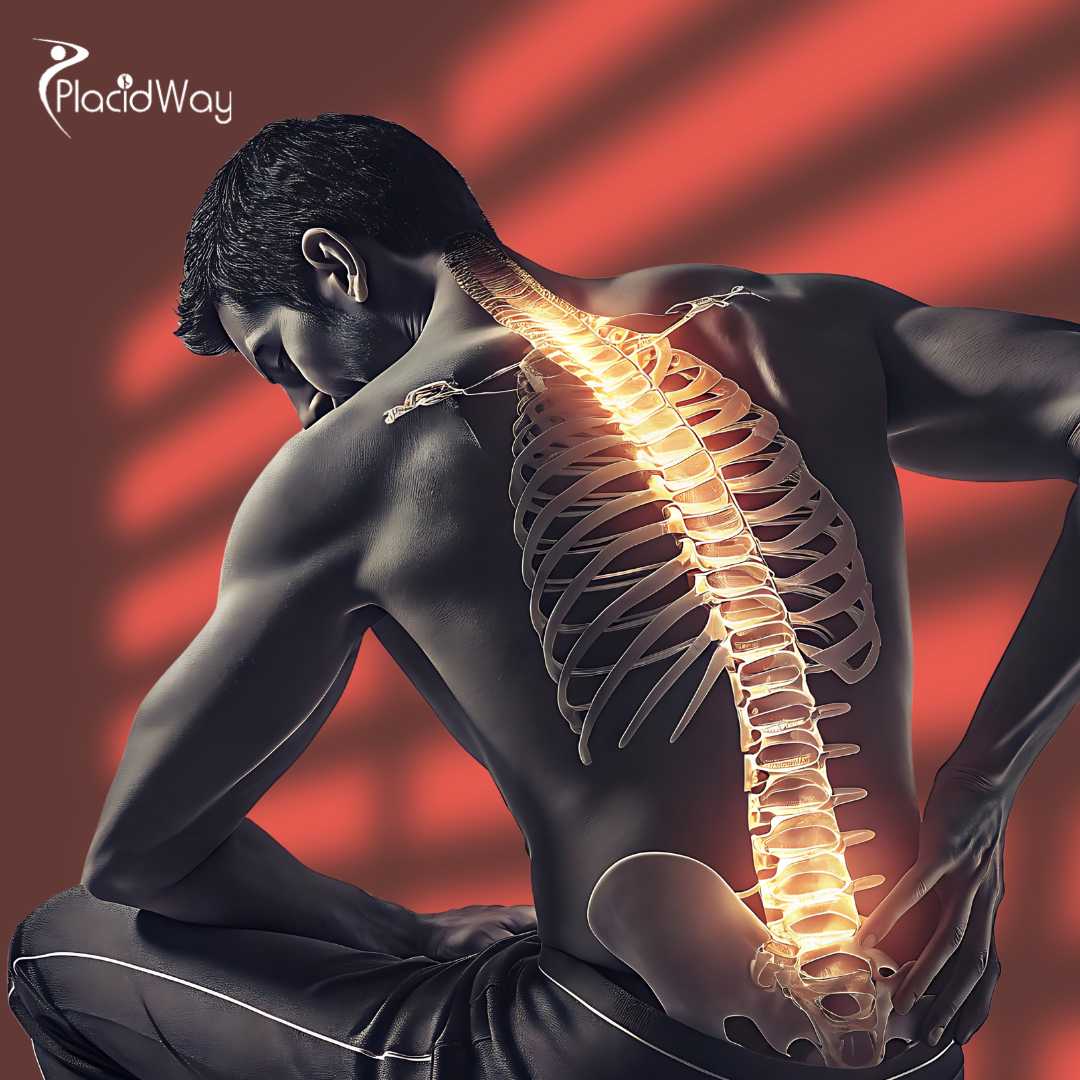

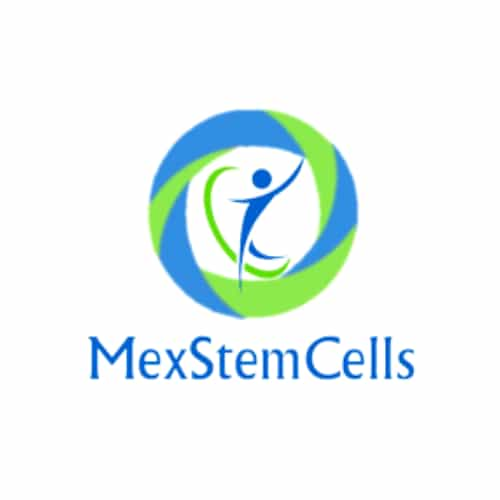
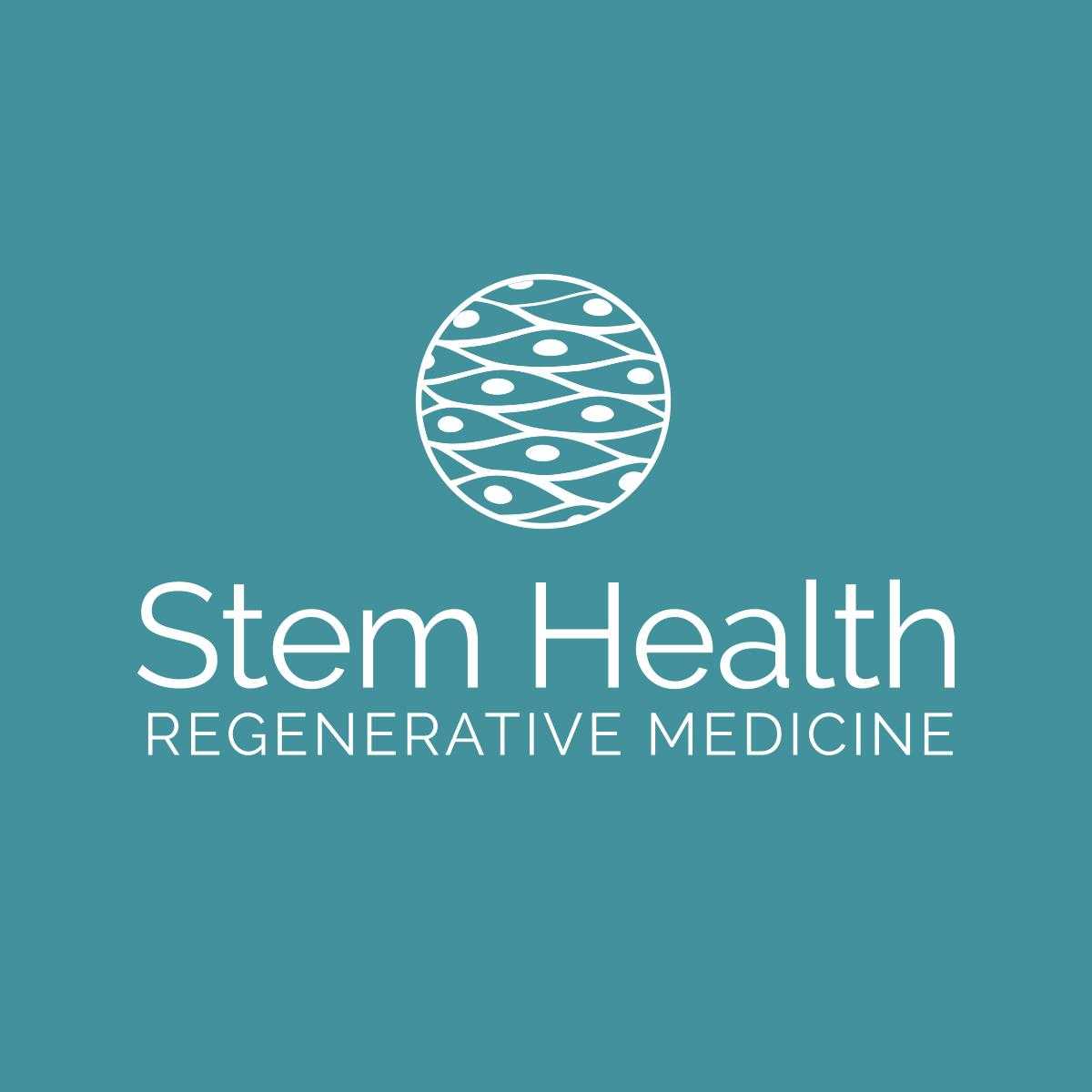

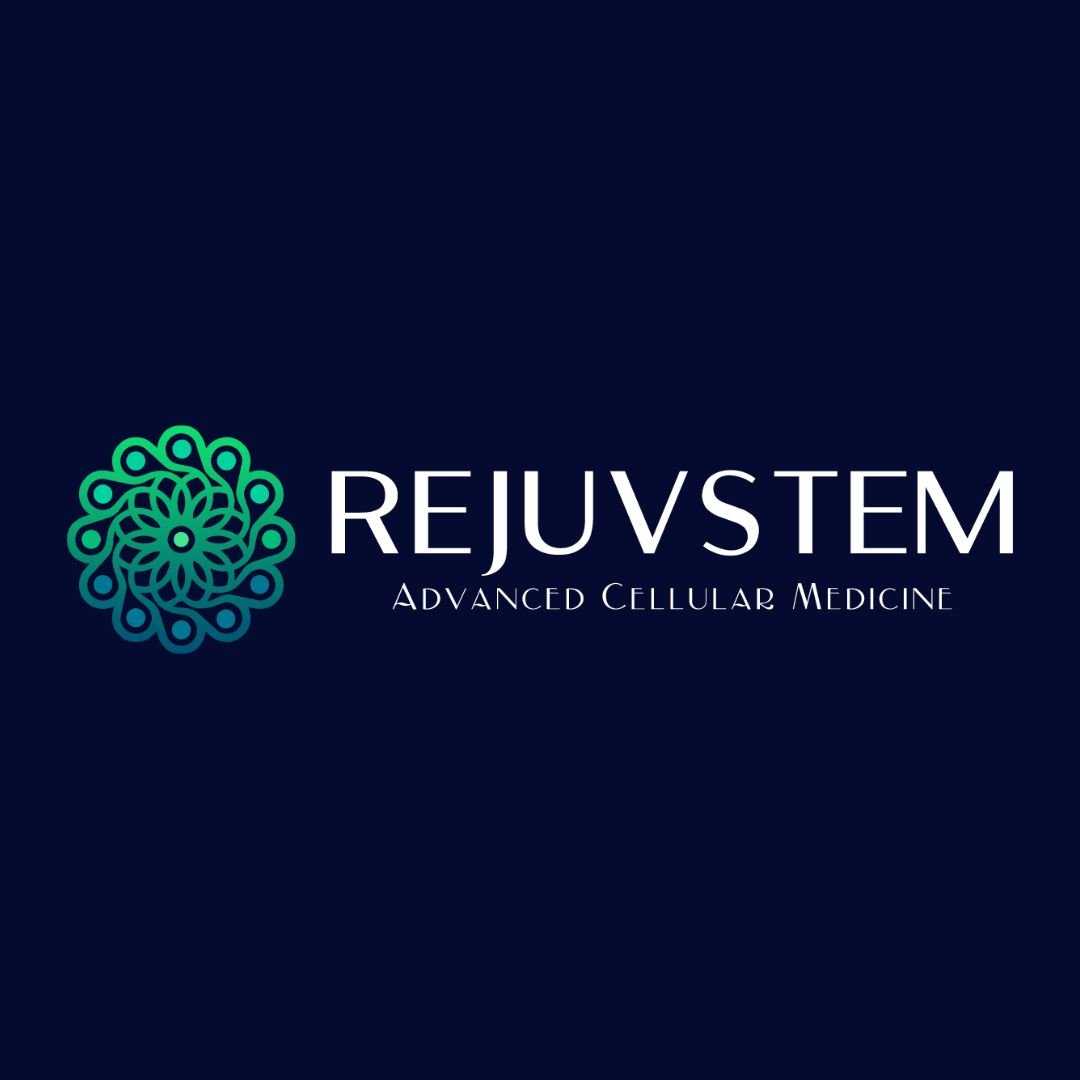
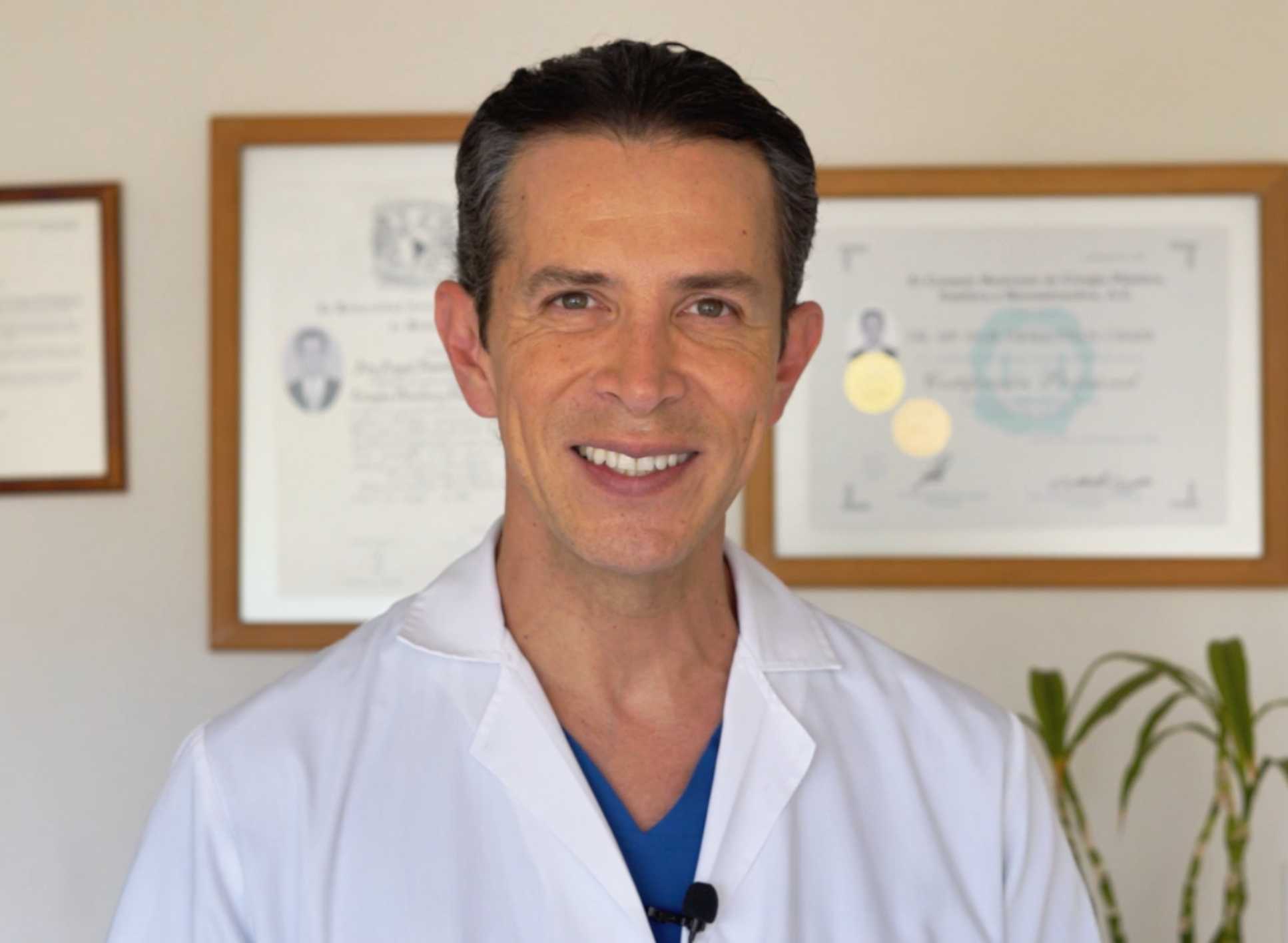

Share this listing